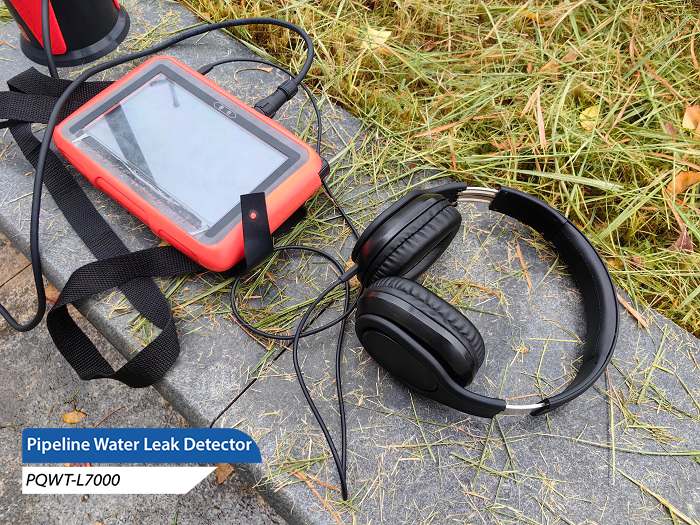Concealed water pipes refer to pre installed water supply pipelines in walls, floors, or ceilings. Due to the fact that these pipelines are usually covered, it can become very difficult to locate the leak point when they leak. This article will introduce some common methods and techniques to help you find the leakage points of buried water pipes.

1、 Preliminary inspection
1. Observe abnormalities: First, pay attention to whether there are water stains, damp patches, or moldy areas in the home, which may be signs of water leakage from buried pipes.
2. Sound recognition: Sometimes, you can hear the sound of water flow, especially when the pressure is high. Use an ear or electronic listening device to approach a wall or floor and try to listen for the sound of water flow or dripping.
3. Check the water meter: After turning off all water devices in the home, observe whether the water meter is still rotating. If it rotates, it indicates the presence of unnoticed water leakage.
2、 Professional tool assistance
1. Thermal imaging instrument: Using thermal imaging technology, the thermal imaging instrument can detect temperature differences and display areas where water leakage may exist. Because the temperature of water is different from the surrounding environment, the location of water leakage can be visually seen through thermal imaging.
2. Pipeline leak detector: This is a pipeline leak detector specifically designed to detect underground or hidden pipeline leaks. It can amplify and filter out the sound generated by water leakage, helping to accurately locate the leakage point.
3. Gas testing: This method involves injecting harmless gas (such as nitrogen) into the pipeline, and then using a sensitive gas detector to search for gas leakage points in the surrounding environment. This method is particularly effective for non-metallic pipelines.
3、 Segmented isolation test
For complex pipeline systems, segmented isolation testing can be performed by closing some pipeline valves. Keep only one branch open at a time and check again whether the water meter is moving or using the professional tools mentioned above for detection. This can help narrow down the leakage range until the exact location is found.
4、 Hire professionals
If you do not have sufficient experience and equipment to handle it on your own, the safest and most efficient way is to contact a professional pipeline maintenance service. They have more advanced technology and experience, able to accurately locate and repair water leakage points without damaging too many structures.
Conclusion
Finding the leakage point of buried water pipes is a task that requires patience and skill. Although doing it yourself can save costs, seeking professional help is always a wiser choice when facing complex situations. I hope the above information can provide you with useful guidance to ensure that your family is protected from unnecessary harm.








